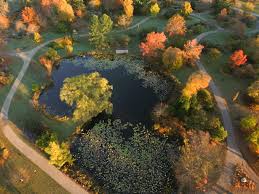
What wood should not be used in a raised garden bed? Pressure-Treated Wood
In fact, the USDA’s organic regulations state that pressure treated wood should not be used if the lumber will be in contact with crops, soil, or livestock. Instead, invest in cedar or redwood to install a long-term raised garden bed with a high level of natural rot- and pest-resistant tannins.
Is pressure treated wood safe for raised gardens? Modern Pressure-Treated Lumber
According to the American Wood Protection Association and the U.S. Environmental Protection Agency, lumber treated with ACQ is safe for garden use. Its durability and nontoxicity make it among the best woods for raised garden beds.
How thick should the wood be for a raised garden bed? Make your raised bed from lumber that is either 1-inch or 2-inches thick; a piece of lumber that is 2 inches thick will withstand more wear than a piece of lumber that is 1 inch thick; it will also be more expensive. Standard widths of lumber are 2-, 4-, 6-, 8-, 10-, 12-inches.
Is cedar or pine better for a raised garden bed? There’s a lot of consternation about what kind of lumber you should use to construct raised beds. Cedar or redwood is probably the best because it’s naturally rot resistant.